 Last week, we covered the Top 5 Reasons to Train Your Employees and now it’s time to discuss how to get the most out of their training. You’re making a big investment when you carve out time and money to send your employees to training. It’s important to get the most out of it and here are some things to consider.
Last week, we covered the Top 5 Reasons to Train Your Employees and now it’s time to discuss how to get the most out of their training. You’re making a big investment when you carve out time and money to send your employees to training. It’s important to get the most out of it and here are some things to consider.
What is your plan for training your employees? Do you have specific goals in mind? Have you ever sent employees out for training and wondered if they learned anything that is relevant to what they do? There are many questions you should ask before and after your employees go off to training.
Was there an end objective or training plan for the employee? What are the key points that would make the training successful?
Many times there is a need for a particular skill to match current or upcoming work so you try to find someone to match the skill(s) or someone who could be trained to match it. In some cases HR is tasked to find training that sounds like it meets what this skill might be. There may be local state and/or federal funding available and this becomes the driving factors that dictates where and who does the training. Someone who may or may not really know the real training needs, will go and find a provider that will take government funding or help find them government funding to train. There was no discussion of the end objective and no outline created of what the keys points are to make the employee successful. When the training is driven by the desire to save money it rarely results in the successful matching of objectives and outcomes. The real training objectives become 2nd or 3rd and many times are never really met. Consider a training provider that will help you establish your true learning objectives and let these be the driving force that will make your employees successful. Begin with the end in mind – What is the outcome you want that employee to have? Give them the tools to be successful.
Does the employee meet prerequisites for the training?
The training provider/instructor needs to know if the employee has the base knowledge to start and excel in the training. If the employee does not have knowledge it turns into a 3-fold issue – the employee becomes frustrated since they are behind the other students and not being successful. The other students become frustrated because they are being held back and not as successful. Last, the instructor spends more time trying to get that employee up-to-speed and keep the other students moving forward.
Did the employee engage, participate, and try to learn during the training?
Learning only happens when the employee has changed or created a new habit. This starts with a plan to give the employee the tools and skills to be successful, but it is truly up to the employee to learn, use, and practice the training they are given. To help motivate them, try creating an agreement or at least having the “one-on-one” discussion of expectations and results. The results can be a potential raise, promotion, earning an extra vacation day, some kind of recognition, or even purchasing new equipment that will improve their job. Knowing what motivates your employees can be useful in helping the learning process.
What’s the value of the “Certificate of Completion”?
Is a Certificate of Completion justifiable for just attending? Anyone can sit through a course or training, but if they did not learn or change their habit they have wasted their own time and the company’s money. If the training goal/objectives are laid out, expectations are discussed ahead of time, and some sort of results happen then the Certificate of Completion is on order. Asj your training provider to give some type of feedback on the student as to how they responded in class, completed exercises, etc.
Does the employee’s supervisor have a plan for the employee to begin using his/her new skills?
This is the biggest area of wasted training money because employees quickly lose the knowledge they just learned because they don’t practice it once they’re back on the job. It’s the “if you don’t use it, you’ll lose it” factor. For the employee that cares about learning and wants to excel, but are not given the opportunity to practice or implement their new skill, you have just created a level of frustration. When you have the discussion of “Expectations and Results” let the employee know your plan of how they will use their new skills.
Cimquest has been developing training materials and has been successfully teaching employees from all facets of the engineering and manufacturing industry for over 20 years. For more information on our training options, please click the button below.
Shawn Spinneweber has an A.A.S. in Machine Drafting and Design, is a PA journeyman Tool & Die Maker, a manufacturing curriculum developer and a lifelong learner. He is has taught over 400 apprentices and over 300 individuals in different manufacturing courses; many of which he had developed. He enjoys time with his wife, daughter and son along with roasting coffee, archery, and rebuilding things.


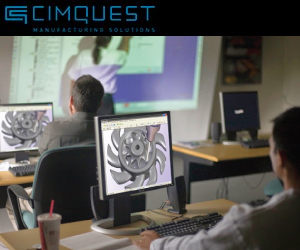
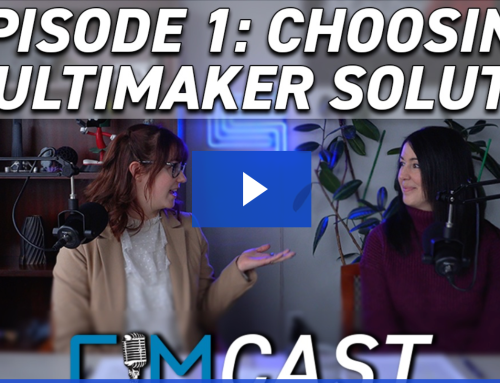

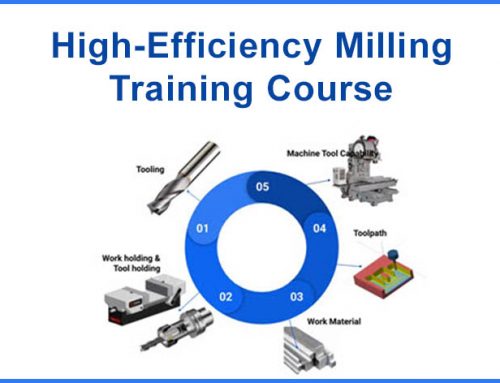
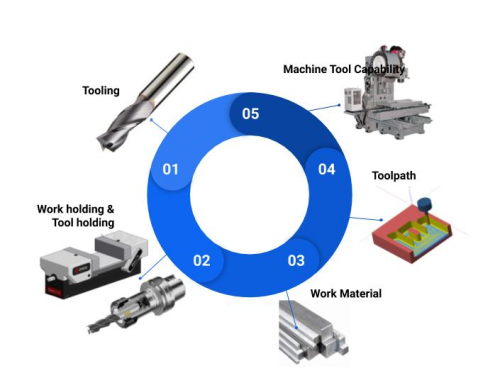
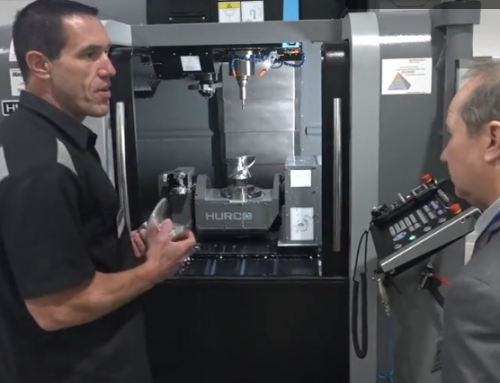
Leave A Comment